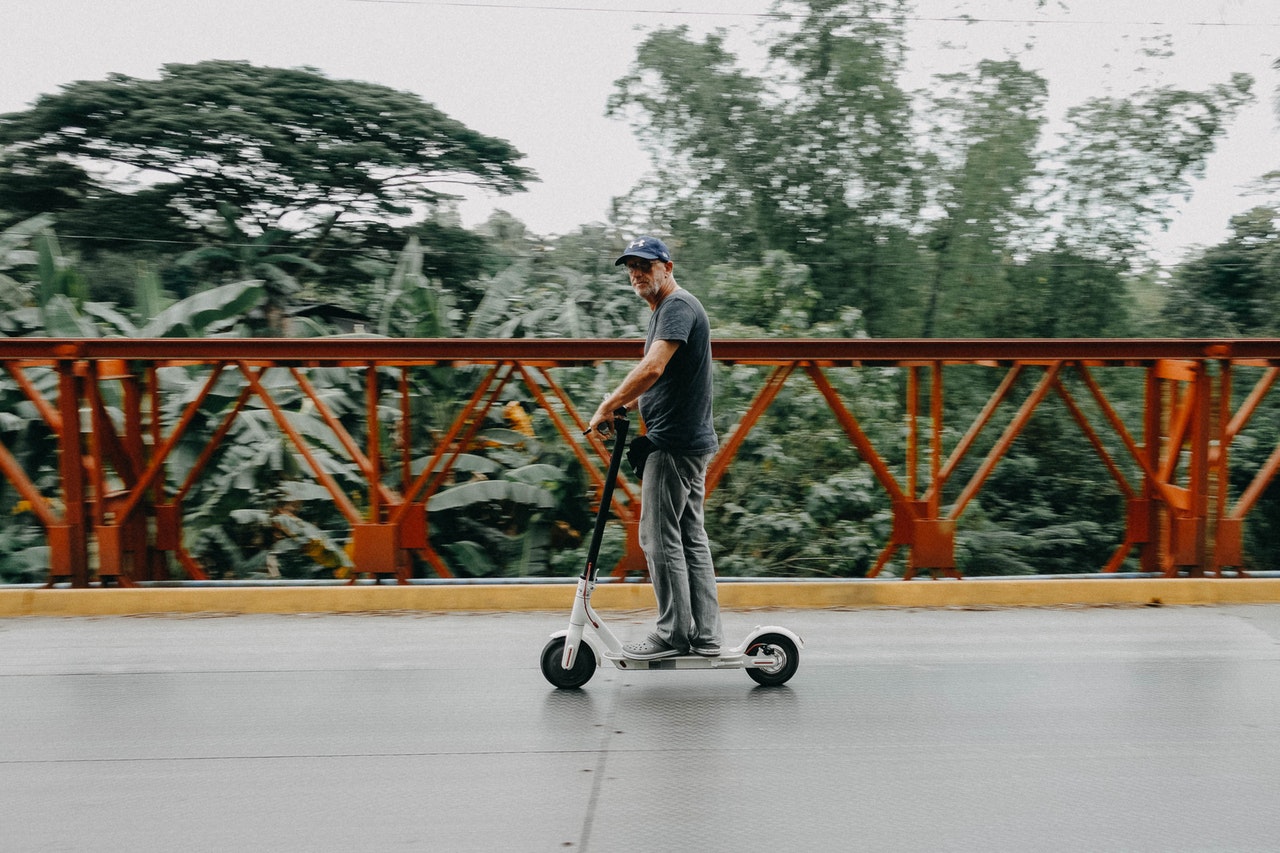 Electronic scooters, or e-scooters, have been touted as an environmentally friendly way of getting around town. In fact, many cities are now offering shared stand-up e-scooters as a short-term rental option for short-distance travel.
Electronic scooters, or e-scooters, have been touted as an environmentally friendly way of getting around town. In fact, many cities are now offering shared stand-up e-scooters as a short-term rental option for short-distance travel.
But just how environmentally friendly are they?
Researchers at North Carolina State University looked broadly at the environmental impacts of shared e-scooters.
Their findings were published in a paper the journal Environmental Research Letters titled “Are E-Scooters Polluters? The Environmental Impacts of Shared Dockless Electric Scooters”.
Jeremiah Johnson, corresponding author of the study and an associate professor of civil, construction and environmental engineering at NC State, said:
“E-scooter companies tout themselves as having little or no carbon footprint, which is a bold statement. We wanted to look broadly at the environmental impacts of shared e-scooters – and how that compares to other local transportation options.”
The team looked at emissions associated with the following four aspects of each scooter’s life cycle:
- The production of the materials and components of the scooter’s.
- The manufacturing process.
- Shipping the scooter from the manufacturer to its city of use
- Collecting, charging and redistributing the scooters.
The researchers also carried out a survey of e-scooter riders to see what method of transport they would have used if they didn’t have an e-scooter.
Almost half (49%) of riders said they would have biked or walked, a little over a third (34%) said they would have used a car, 11% said they would have taken a bus, while 7% said they wouldn’t have made the trip.
The team was able to compare the environmental impact of e-scooters to other methods of transportation by looking at previously published life cycle analyses of cars, buses, electric mopeds and bicycles.
They focused on four impacts: global warming, acidification, eutrophication, and respiratory impacts.
Johnson explains the team’s findings
“A lot of what we found is pretty complicated, but a few things were clear,” Johnson said. “Biking – even with an electric bike – is almost always more environmentally friendly than using a shared e-scooter. The sole possible exception is for people who use pay-to-ride bike-share programs. Those companies use cars and trucks to redistribute the bicycles in their service area, which can sometimes make them less environmentally friendly than using an e-scooter.”
Using an e-scooter is nearly always more environmentally friendly than driving a car. However, taking the bus on a route with high ridership is typically more environmentally friendly than using an e-scooter.
“We found that the environmental impact from the electricity used to charge the e-scooters is fairly small – about 5% of its overall impact,” Johnson said.
There are two main factors contributing to each scooter’s environmental footprint: the driving that is done to collect and redistribute the scooters and the scooters’ lifetime. Less driving by other vehicles to collect and redistribute the scooters would lower the environmental footprint of each scooter.
“The real impact comes largely from two areas: using other vehicles to collect and redistribute the scooters; and emissions related to producing the materials and components that go into each scooter,” said Johnson. “There are a lot of factors to consider, but e-scooters are environmentally friendly compared to some modes of transport.”
“And there are things that companies and local governments can do to further reduce their impacts,” he added. “For example, allowing – or encouraging – companies to collect scooters only when they hit a battery depletion threshold would reduce a scooter’s impact, because you wouldn’t be collecting scooters that don’t need re-charging.”
Journal Citation
“Are e-scooters polluters? The environmental impacts of shared dockless electric scooters”
Joseph Hollingsworth, Brenna Copeland and Jeremiah X Johnson
Published 2 August 2019
Environmental Research Letters, Volume 14, Number 8
